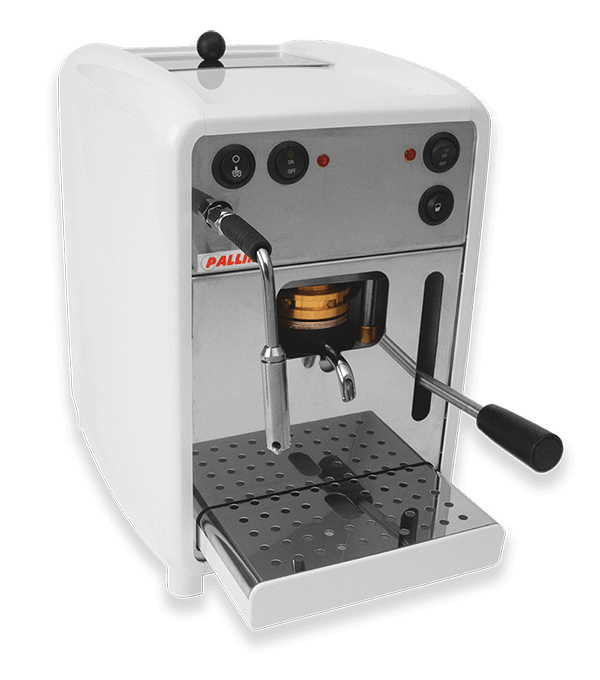Before talking about the different working aspects and uses of coffee pods, one must have some knowledge about the coffee pods that what these are constructed of as it is essential to know about coffee pods to get the best cup of coffee. In this article, two things will be discussed, the things the recycling coffee pods are made of, and the alternatives that can be used instead of coffee pods. In the modern world, people prefer to use recyclable products to keep the environment clean. In this regard, one can get an option of recyclable coffee pods.
Parts of the coffee pods:
- First of all, the foil is used in the coffee pods. You might have observed the foil on top of your coffee pod. It adheres to the top of the pod as soon as the coffee is placed into to filter. It is not supposed to be removed at any point, just let the needle of the Keurig brewer puncture it when you put the K-Cup into the machine. The stylus also acts as a high-pressure hot water spout, and the rest of the foil cap is an essential part of its function.
- Underneath the foil is where the magic happens. A miniature coffee filter-almost identical to the ones you use in a traditional basket-brew coffee maker-is filled with a couple of teaspoons of coffee grounds. There is a space between the bottom of the filter. The K-cup was the liquid that can brew momentarily before dripping into your mug. The water nozzle that punctured the foil lid fills the recyclable coffee pod with hot water. The high temperature and pressure created brew the coffee almost instantly, allowing your coffee to brew quickly and with optimum flavour.
- The plastic pod houses the filter and coffee grounds. Before being sealed, it is flushed with nitrogen and then sealed to be air-tight and water-tight so the contents can be shelf-stable. The plastic pod is recyclable after its contents have been removed. When the coffee is being brewed, the Keurig brewer creates a pin-sized hole in the bottom of the pod. Here the coffee can flow into your cup.
- The structure of a coffee pod is straightforward but very effective. Because of the intense pressure and heat maintained in the pod, even momentarily, the coffee can brew into a robust flavour.
Uses, types, and alternatives of the coffee pods:
Coffee pods are the latest must-have in the industry of coffee. Each coffee pod serve is individually wrapped to ensure freshness and consistency. A coffee pod is a single-serve of coffee that can be placed into a coffee machine with an adapted handle. Each dose is precisely the same, and the wrapping ensures freshness. There are two main types of coffee pod. The first one is the ESE that is compatible and is available in a tea bag style, it is sealed or covered with foil. The other type is the plastic pod, it looks like a small UHT milk portion. On every use of a single pod, you generate a significant amount of non-recyclable waste, both in the pod and the wrapping. There are many more environmentally friendly alternatives.
Final recommendations about the coffee pods:
In traditional espresso and plunger coffee machines, only the ground coffee is left behind. You can use this grounded coffee as a fertilizer straight on your garden. 140 single serves can be made from a 1kg bag of coffee. That is saving 140 individual pods and pod wrappings. There is a vast range of fully automatic coffee machines that grind the whole beans for each cup. It is fresher and tastes better than a recycling coffee pod as the coffee is freshly ground. Coffee pods also cost about three times as much per serve for a product that is not as fresh as a bean-to-cup machine. We are already facing enough problems with landfill, and there is no way of leaving another million coffee pod wrappers for children of coming generations. It is up to each of us to make decisions that benefit future generations.


